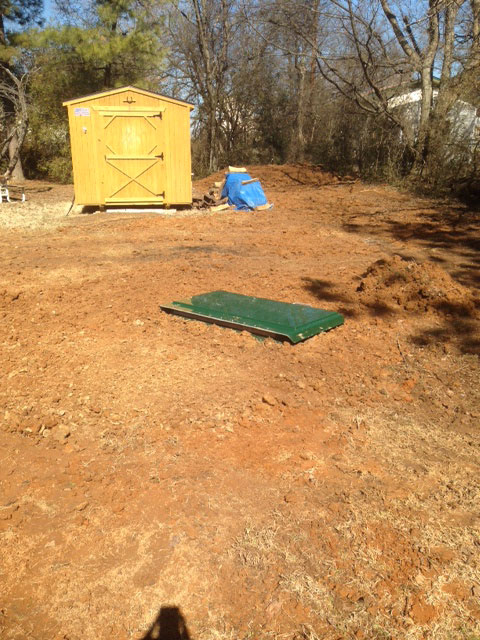
In a car or truck: Vehicles are extremely risky
LEAKING METAL STORM SHELTER WINDOWS
Stay away from windows and large open rooms like gyms and auditoriums. Crouch low, head down, and protect the back of your head This mobile-home safety video from the State of Missouri may be useful in developing your plan.Īt school:Follow the drill! Go to the interior hall or windowless room in an orderly Most tornadoes can destroy even tied-down mobile homes and it is best not to play the low odds that yours will make it. Your plan could include staying with someone who is in a sturdy permanent structure, if a tornado threat is forecast. Go to one of those shelters, or to a nearby permanent structure, using your tornado evacuation plan. In a mobile or manufactured home:Get out! Even if your home is tied down, it is not as safe as an underground shelter or permanent, sturdy building. Stay off the elevators you could be trapped in them if the power is lost. Good places to take shelter, and if not crowded, allow you to get to a lower level quickly. In an office building, hospital, nursing home or skyscraper:Go directly to an enclosed, windowlessĪrea in the center of the building - away from glass and on the lowest floor possible. A helmet can offer some protection against head injury. With some sort of thick padding ( mattress, blankets, etc.), to protect against falling debris in case the roof and ceiling fail. Even in an interior room, you should cover yourself If you have a metal bath tub, that may offer a shell of partial protection, but not plastic or fiberglass ones, which are easily penetrated by projectiles. To the floor, facing down and cover your head with your hands. Go to the lowestįloor, small center room (like a bathroom or closet), under a stairwell, or in an interior hallway with no windows. In a house with no basement, a dorm, or an apartment: Avoid windows. Head protection, such as a helmet, can boost survivability also. They may fall down through a weakened floor and crush you. Know where very heavy objects rest on the floor above (pianos, refrigerators, waterbeds, etc.)Īnd do not go under them. Yourself with a mattress or sleeping bag.

Get in the basement and under some kind of sturdy protection (heavy table or work bench), or cover


Know the signs of a tornado: Weather forecasting science is not perfectĪnd some tornadoes do occur without a tornado warning. If you are planning to build a house, especially east of the Rockies,Ĭonsider an underground tornado shelter or Schools and office building managers should regularly run Safety plan in place, with easy-to-read signs posted to direct everyone Mobile home communities and offices should have a tornado

If you shop frequently at certain stores, learn where there are bathrooms, storage rooms or other interior shelter areas away from windows, and the shortest ways to get there.Ĭenters, nursing homes, hospitals, sports arenas, stadiums, Forget about the old notion of opening windows to equalize pressure the tornado will blast open the windows for you! Turn on local TV, radio or NOAA Weather Radio and stay alert for warnings. When a tornado watch is issued, think about the drill and check to make sure all your Flying debris is the greatest danger in tornadoes so store protective coverings (e.g., mattress, sleeping bags, thick blankets, etc) in or next to your shelter space, ready to use on a few seconds' Where you can take shelter in a matter of seconds, and practice a family tornado drill at least once a year. Prevention and practice before the storm:Īt home, have a family tornado plan in place, based on the kind of dwelling you live in and the safety tips below. Tornadoes are actually much weaker and can be survived using these safety ideas. Extremely violent EF5 tornadoes are very rare, though. Freak accidents happen and the most violent tornadoesĬan level and blow away almost any house and its occupants. There is no such thing as guaranteed safety inside a tornado.


 0 kommentar(er)
0 kommentar(er)
